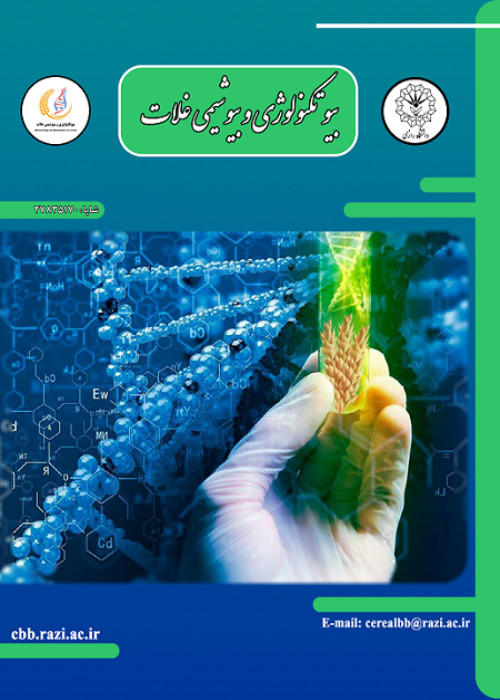Evaluation the effect of copper metal toxicity on growth, physiological and morpphological characteristics of wild wheat of Aegilops tauschii
Heavy metals refer to a group of metals or semi-metals whose atomic density is greater than 4 or 5 grams per cubic centimeter. What has caused concern about environmental pollution today is the accumulation of the chemical waste in the soil. Although copper is a micro-element for plants, it is toxic at high concentrations. This element causes structural, morphological, physiological, and biochemical changes in plants. Today, the phytoremediation technique is used as a suitable method for cleaning and removing water, soil, and air pollution. More than 400 species of overgrown plants have been identified. Studies have shown that Aegilops tauschii is a drought-resistant plant. Since, the stress of heavy metals can cause secondary drought stress.
This research was performed to investigate the effect of the heavy metal copper on some physiological, morphological, and biochemical parameters of Aegilops tauschii. Therefore, the effect of different concentrations of copper (zero, 5, 25, and 125 micromolar) was studied on the physiological, biochemical, and morphological characteristics of 37 genotypes of Aegilops tauschii in the greenhouse condition.
The results showed that increasing copper concentrations decreased the amount of chlorophyll b, carotenoid, cell membrane stability, seed diameter, relative leaf water content, leaf retained water and single plant yield; while total chlorophyll, chlorophyll a, carbohydrate, proline, relative leaf water loss, root length, and root weight increased significantly. In terms of biochemical parameters, Genotypes 11, 58, and 85 with the highest values of morphological, physiological, and biochemical indices were resistant to copper. Among the mentioned genotypes, Genotype 58 with the highest yield as a resistant genotype, and Genotype 23, 28, 30, 52, 99 and 123 were subjected to copper stress more than other genotypes based on the morphological, physiological and biochemical indicators, among which Genotype 99 with the lowest yield could be introduced as the most sensitive genotype.
According to the results, it seems that some genotypes of Aegilops tauschii were resistant to the heavy metal copper. Resistant genotypes could be recommended for phytoremediation in copper-contaminated areas.
- حق عضویت دریافتی صرف حمایت از نشریات عضو و نگهداری، تکمیل و توسعه مگیران میشود.
- پرداخت حق اشتراک و دانلود مقالات اجازه بازنشر آن در سایر رسانههای چاپی و دیجیتال را به کاربر نمیدهد.



